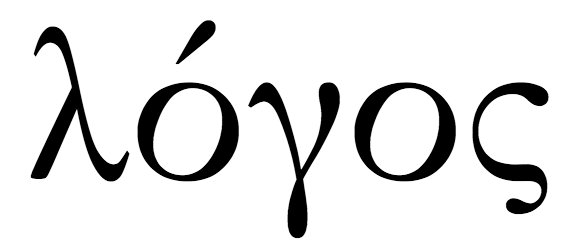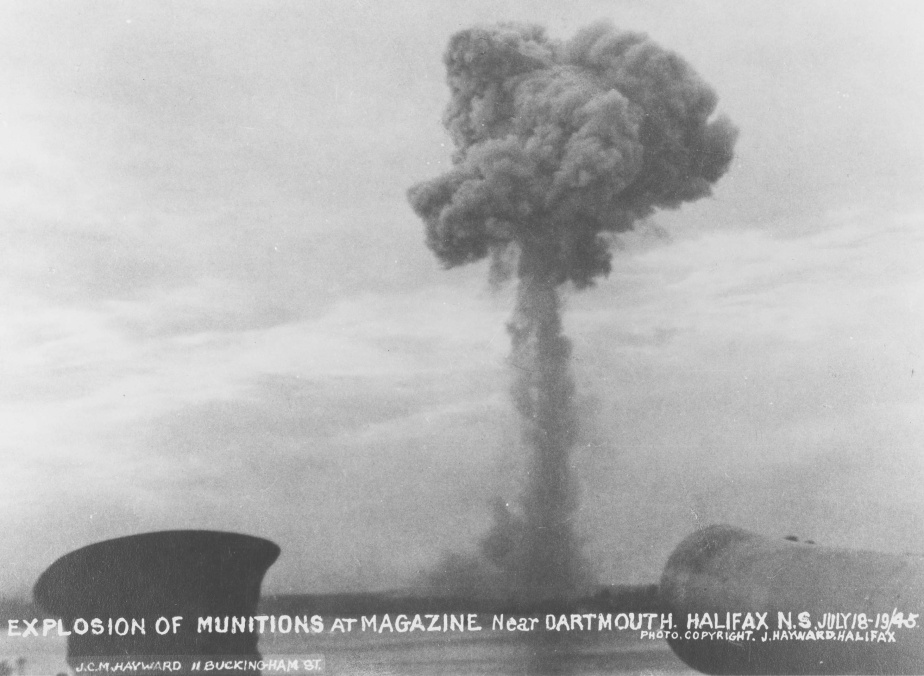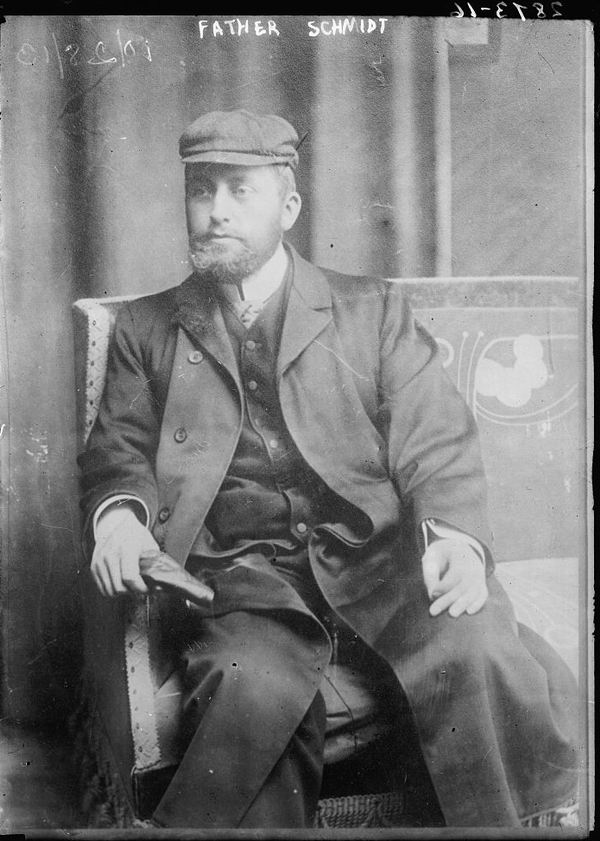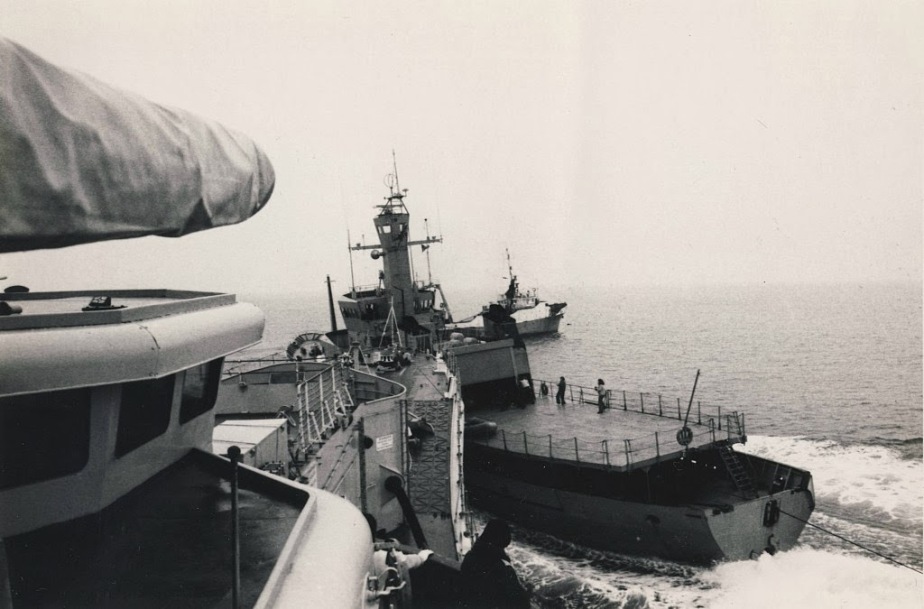
Albert Anastasia (born Umberto Anastasio, September 26, 1902 – October 25, 1957) was one of the most ruthless and feared Cosa Nostra mobsters in United States history. A founder of the Italian American Mafia, Anastasia ran Murder, Inc. during the prewar era and during most of the 1950s was boss of what would become the modern Gambino crime family. He is perhaps the most feared hit-man of the Italian American Mafia’s golden era, earning the infamous nicknames “the Mad Hatter” and “Lord High Executioner.”
Biography
Early years
Albert Anastasia was born on September 26, 1902, in Tropea, Calabria, Italy. His parents were Raffaelo Anastasio and Louisa Nomina de Filippi. The family name was “Anastasio”, but Albert started using “Anastasia” in 1921.
Raffaelo Anastasio was a railway worker who died after World War I, leaving behind nine sons and three daughters. Albert’s brothers included Salvatore, Frank, Joseph, Gerardo, and Anthony Anastasio. Anastasia was married to Elsa Barnesi; they had one son, Anthony Anastasia, Jr. They would have another son and two daughters.
In 1919, Anastasia and three of his brothers arrived in New York City, working on a freighter. Deserting the ship, the brothers illegally entered the United States. The boys soon started working as longshoremen on the Brooklyn waterfront.
On March 17, 1921, Anastasia was convicted of murdering longshoreman George Turino as the result of a quarrel. Anastasia was sentenced to death and sent to Sing Sing State Prison in Ossining, New York to await execution. Due to a legal technicality, however, Anastasia won a retrial in 1922. Because four of the original prosecution witnesses had disappeared in the meantime, Anastasia was released from custody in 1922.
On June 6, 1923, Anastasia was convicted of illegal possession of a firearm and sentenced to two years in city prison.
Rise to power
By the late 1920s, Anastasia had become a top leader of the International Longshoremen’s Association (ILA), controlling six union local chapters in Brooklyn. Anastasia allied himself with Giuseppe “Joe the Boss” Masseria, a powerful gang leader in Brooklyn. Anastasia soon became close associates with future Cosa Nostra bosses Joe Adonis, Charles “Lucky” Luciano, Vito Genovese, and Frank Costello.
In 1928, Anastasia was charged with a murder in Brooklyn, but the witnesses either disappeared or refused to testify in court.
Castellammarese War
In 1930, Luciano finalized his plans to take over the organized crime rackets in New York by destroying the two old-line Mafia factions headed by Masseria and Salvatore Maranzano. Luciano outlined his plot to Anastasia, who joined him and Benjamin “Bugsy” Siegel in the plot. Anastasia assured Luciano that he would kill everyone for Luciano to reach the top. Anastasia knew that if Luciano ran the National Crime Syndicate, he would eventually get a “piece of the action.” By this point, Luciano had secretly given his support to Maranzano.
On April 15, 1931, Anastasia allegedly participated in Masseria’s murder. Luciano had lured Masseria to a meeting at a Coney Island, Brooklyn restaurant. During their meal, Luciano excused himself to go to the restroom. As soon as Luciano was gone, Anastasia, Vito Genovese, Joe Adonis, and Bugsy Siegel rushed into the dining room and shot Masseria to death. The war ended and Maranzano was the winner. No one was ever indicted in the Masseria murder. In Luciano’s subsequent reorganization of New York’s mafia into its current Five Families, Anastasia was appointed underboss of the crime family of Vincent Mangano, the modern Gambino crime family.
In September 1931, Maranzano was himself murdered and Luciano became the preeminent mobster in America. To avoid the power struggles and turf disputes that led to the Castellammarese War, Luciano established the National Crime Syndicate, consisting of the major family bosses from around the country and the so-called “five families” of New York. The Syndicate was meant to serve as a deliberative body to solve disputes, carve up and distribute territories, and regulate lucrative illegal activities such as racketeering, gambling, and bootlegging (which came to a close with the repeal of Prohibition in 1933). The Italian-American Mafia had their own body, known as the Commission.
In 1932, Anastasia was indicted on charges of murdering another man with an ice pick, but the case was dropped due to lack of witnesses.
In 1933, Anastasia was charged with killing a man who worked in a laundry; again, there were no witnesses willing to testify.
Murder, Incorporated
To reward Anastasia’s loyalty, Luciano placed him and Louis “Lepke” Buchalter, the nation’s leading labor racketeer, in control of the Syndicate’s enforcement arm, Murder, Inc. The troop, also known as “The Brownsville Boys”, was a group of Jewish and Italian killers that operated out of the back room of Midnight Rose’s, a candy store owned by mobster Louis Capone in the Brownsville neighborhood of Brooklyn. During its ten years of operation, it is estimated that Murder Inc. committed between 400 and 1000 murders, many of which were never solved. For his leadership in Murder, Inc., Anastasia was nicknamed the “Mad Hatter” and the “Lord High Executioner”. Unlike Lepke and many other members of Murder, Inc., Anastasia was never prosecuted for any of these murders. It is doubted by some that he even was involved, since as the underboss of a family, he had his own killers to use if needed. During this period, Anastasia’s business card claimed that he was a “sales representative” for the Convertible Mattress Corporation in Brooklyn.
On June 7, 1936, Luciano was convicted on 62 counts of compulsory prostitution.[8] On July 18, 1936, Luciano received a 30 to 50-year sentence in state prison. Genovese became acting boss, but he was forced to flee to Italy in 1937 after being indicted on a 1934 murder. Frank Costello now became acting boss of the Luciano crime family.
In May 1939, Anastasia allegedly ordered the murder of Morris Diamond, an official of a trucking union in Brooklyn. Diamond was a Teamsters Union official who had opposed mobster Louis Buchalter’s attempts to maintain control of the Garment District in Manhattan. In the summer of 1939, Anastasia allegedly organized the murder of Peter Panto, an ILA activist. Panto had been leading a movement for democratic reforms in the ILA locals, and refused to be intimidated by ILA officials. On July 14, 1939, Panto disappeared; his body was later recovered on a farm in New Jersey.
With the 1941 arrest of Abe Reles on murder charges, law enforcement finally dismantled Murder, Inc. Reles was a gang leader from Brownsville, Brooklyn who had been supplying Anastasia and Murder, Inc. with hitmen for the past 10 years. Reles decided to testify for the government to save himself from the death penalty. His testimony convicted seven members of Murder Inc. Reles also had information that could implicate Anastasia in the 1939 Diamond and Panto murders. Fearful of prosecution, Anastasia offered a $100,000 reward for Reles’ murder.
On November 12, 1941, Reles was found dead on a restaurant roof outside the Half Moon Hotel in Coney Island. Reles was being guarded at a sixth floor room during an ongoing trial. In 1951, a grand jury ruled that Reles accidentally died while climbing down to the fifth floor using sheets tied to a heating radiator. However, many officials still suspected that Reles had been murdered.
In the spring of 1942, Anastasia allegedly ordered the murder of an associate, Anthony Romeo. Romeo had been arrested and questioned in the Panto killing. However at the end of June, Romeo’s body was discovered near Guyencourt, Delaware. Romeo had been beaten and shot multiple times.
World War II
During World War II, Anastasia reportedly originated the plan to win a pardon for Luciano by helping the war effort. With America needing allies in Sicily to advance the invasion of Italy, and the desire of the Navy to dedicate its resources to the war, Anastasia orchestrated a deal to obtain lighter treatment for Luciano while he was in prison, and after the war, a parole in exchange for the Mafia protecting the waterfront and Luciano’s assistance with his associates in Sicily.
In 1942, Anastasia joined the U.S. Army. He may have been motivated by a desire to escape the criminal investigations that were dismantling Murder Inc. Attaining the rank of technical sergeant, Anastasia trained soldiers to be longshoremen at Fort Indiantown Gap in Pennsylvania. In 1943, as a reward for his military service, Anastasia received U.S. citizenship. In 1944, Anastasia was honorably discharged from the Army and he moved his family to a mansion in Fort Lee, New Jersey. In 1958, less than a year after Anastasia’s death, comedian Buddy Hackett and his wife purchased the mansion, and after renovations they moved in and lived there through most of the 1960s.
In 1945, U.S. military authorities in Sicily returned Genovese to the United States to be tried for the 1934 Boccia murder. However, after the death of the main prosecution witness, all charges were dropped against Genovese. In 1946, New York Governor Thomas E. Dewey commuted Luciano’s sentence and the federal government immediately deported him to Italy.
In 1948, Anastasia bought a dress making factory in Hazleton, Pennsylvania and left his waterfront activities in the control of his brother Anthony.
Boss
In 1951, the U.S. Senate summoned Anastasia to answer questions about organized crime at the Kefauver Hearings. Anastasia refused to answer any questions.
Despite being a mob power in his own right, Anastasia was nominally the underboss of the Mangano crime family under boss Vincent Mangano. During his 20-year rule, Mangano had resented Anastasia’s close ties to Luciano and Costello. Mangano was particularly irked that Luciano and Costello obtained Anastasia’s services without first seeking Mangano’s permission. This and other business disputes led to heated, almost physical fights between the two mobsters. In early 1951, Vincent Mangano went missing and his body was never found. On April 19, 1951, the body of Philip Mangano, shot three times, was discovered in a wetland in Bergen Beach, Brooklyn. No one was ever arrested in the Mangano murders, but it was widely assumed that Anastasia had them killed.
After the deaths of the Mangano brothers, Anastasia, who had been serving as acting boss of the Mangano family, met with the Commission. Anastasia claimed that the Manganos wanted to kill him, but did not admit to killing them. With Costello’s prodding, the Commission confirmed Anastasia’s ascension as boss of the renamed Anastasia family. Costello wanted Anastasia as an ally against the ambitious and resentful Genovese. Anastasia was also supported by Joseph Bonanno, who simply wanted to avoid a gang war.
In March 1952, Anastasia allegedly ordered the murder of Arnold Schuster. Schuster was a young New York man who successfully identified fugitive bank robber Willie Sutton, resulting in Sutton’s arrest. When Anastasia saw Schuster being interviewed on television, he allegedly said: “I can’t stand squealers! Hit that guy!” On March 8, 1952, a gunman shot Schuster to death on a street in Borough Park, Brooklyn. This public accusation against Anastasia was made in 1963 by government witness Joseph Valachi, but many people in law enforcement were skeptical of it. No one was ever arrested in the Schuster murder.
On December 9, 1952, the Federal Government filed suit to denaturalize Anastasia and deport him because he lied on his citizenship application.
Conspiracy
To take control of the Luciano family, Genovese needed to kill Frank Costello. However, Genovese could not kill Costello without also eliminating Anastasia. To do that, Genovese needed allies.
Vito Genovese used Anastasia’s brutal behavior against him in an effort to woo away his supporters, portraying Anastasia as an unstable killer who threatened to bring law enforcement pressure on the Cosa Nostra. In addition, Genovese pointed out that Anastasia had been selling memberships to his crime family for $50,000, a clear violation of Commission rules that infuriated many high level mobsters. According to Valachi, Anastasia had been losing large amounts of money betting on horse races, making him even more surly and unpredictable.
Over the next few years, Genovese secretly won the support of Anastasia capo Carlo Gambino, offering him the leadership of Anastasia’s family in return for his cooperation. Genovese also received tacit approval from Meyer Lansky. One of Luciano’s earliest associates, Lansky handled most of Luciano’s U.S. business interests. Lansky and Genovese were also business associates from the 1920s. Genovese could not kill Anastasia and Costello without Lansky’s support.
Anastasia’s greed soon drove Lansky to help Genovese. During the 1950s, Lansky controlled all the casino gambling in Cuba, offering the Cosa Nostra bosses lesser shares of his profits. When Anastasia demanded a larger share, Lansky refused. Anastasia then started his own casino racket in Cuba. While Lansky had preferred watching Anastasia and Genovese battle each other from the sidelines, Lansky now threw his active support to Genovese.
On May 23, 1955, Anastasia pleaded guilty to tax evasion for underreporting his income during the late 1940s. On June 3, 1955, Anastasia was sentenced to one year in federal prison and a $20,000 fine. After his conviction, the federal government successfully petitioned a federal court to revoke Anastasia’s citizenship so he could be deported. However, on September 19, 1955, a higher court overturned this ruling.
In early 1957, Genovese decided to move on Costello. On May 2, 1957, gunman Vincent Gigante shot and wounded Costello outside his apartment building. Although the wound was superficial, it persuaded Costello to relinquish power to Genovese and retire. Genovese now controlled what is now called the Genovese crime family. Joseph Bonanno would later credit himself with arranging a sitdown where he kept Anastasia from immediately taking Genovese to war in response.
On June 17 of that year Frank Scalice, Anastasia’s underboss and the man identified as directly responsible for selling Gambino memberships, was also assassinated. According to Joseph Valachi, Anastasia approved the hit, and the subsequent murder of Scalice’s brother Joseph after offering to forgive his threats to avenge Frank.
Assassination
On the morning of October 25, 1957, Anastasia entered the barber shop of the Park Sheraton Hotel, at 56th Street and 7th Avenue in Midtown Manhattan. Anastasia’s driver parked the car in an underground garage and then took a walk outside, leaving Anastasia unprotected. As Anastasia relaxed in the barber chair, two men—scarves covering their faces—rushed in, shoved the barber out of the way, and fired at Anastasia. After the first volley of bullets, Anastasia allegedly lunged at his killers. However, the stunned Anastasia had actually attacked the gunmen’s reflections in the wall mirror of the barber shop. The gunmen continued firing and Albert Anastasia finally fell to the floor, dead.
The Anastasia murder generated a tremendous amount of public interest and sparked a high profile police investigation. Per New York Times journalist and Five Families author Selwyn Raab, “The vivid image of a helpless victim swathed in white towels was stamped in the public memory.” However, no one was charged in this case. Over time, speculation on who killed Anastasia has centered on Profaci crime family mobster Joe Gallo, the Patriarca crime family of Providence, Rhode Island, and certain drug dealers with the Gambino family.
Initially, the NYPD concluded that the Anastasia hit had been arranged by Genovese and Gambino, and it was carried out by a crew led by “Crazy Joe” Gallo of the Profaci family. At one point, Gallo boasted to an associate of his part in the hit:
“You can just call the five of us the barbershop quintet.”
However, detractors say that it was illogical for Profaci to kill Anastasia. Profaci was allied with Bonanno and Anastasia on the Commission against Genovese, Costello, and Thomas Lucchese. By killing Anastasia, Profaci was eliminating an ally and gaining a potential enemy in Gambino.
The Patriarca theory is that Anastasia’s killers came from the Patriarca Family in Providence/Boston. Genovese had traditionally strong ties to Patriarca boss Raymond L.S. Patriarca. In addition, it made sense to use out-of-town hitmen. The Patriarca hit team was allegedly led by mobster John (Jackie) “Mad Dog” Nazarian.
The drug dealers theory is that Gambino used some Gambino drug dealers from the Lower East Side of Manhattan to kill Anastasia, including Stephen Armone, Stephen Grammauta, and Arnold Wittenberg.
Aftermath
Carlo Gambino was expected to be proclaimed boss of Anastasia’s family at the November 14, 1957 Apalachin Meeting, called by Genovese to discuss the future of Cosa Nostra in light of his takeover. When the meeting was raided by police, to the detriment of Genovese’s reputation, Gambino’s appointment was postponed to a later meeting in New York City. Under Gambino, Anthony Anastasio saw his power curtailed, and in frustration he began passing information to the FBI shortly before his 1963 death.
Genovese enjoyed a short reign as family boss. In 1957, after Genovese’s disastrous Apalachian Meeting, Lansky, Luciano, Costello, and Gambino conspired to entrap Genovese with a narcotics conviction, bribing a drug dealer to testify he had personally worked with Genovese. On July 7, 1958, Genovese was indicted on narcotics trafficking charges. On April 17, 1959, Genovese was sentenced to 15 years in state prison.
Anastasia’s funeral service was conducted at a Brooklyn funeral home; the Roman Catholic Diocese of Brooklyn had refused to sanction a church burial. Anastasia was interred in Green-Wood Cemetery in Greenwood Heights, Brooklyn, attended by a handful of friends and relatives.









